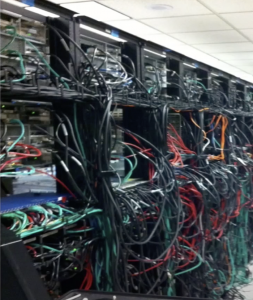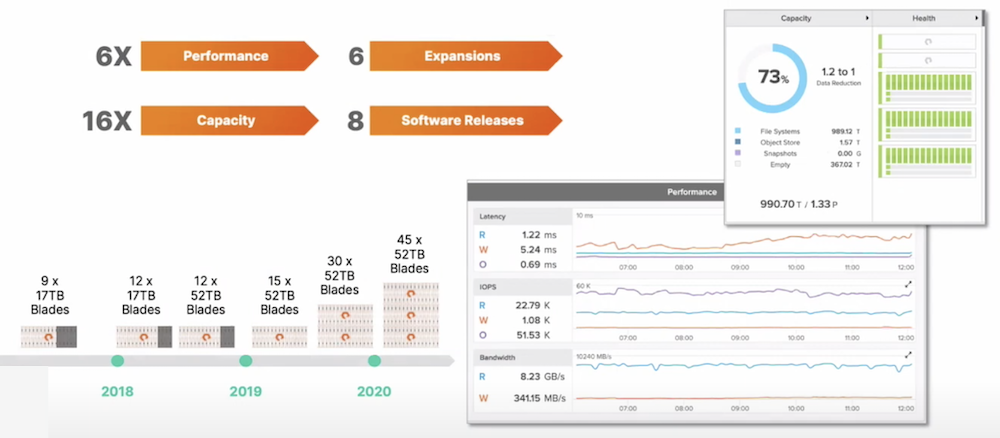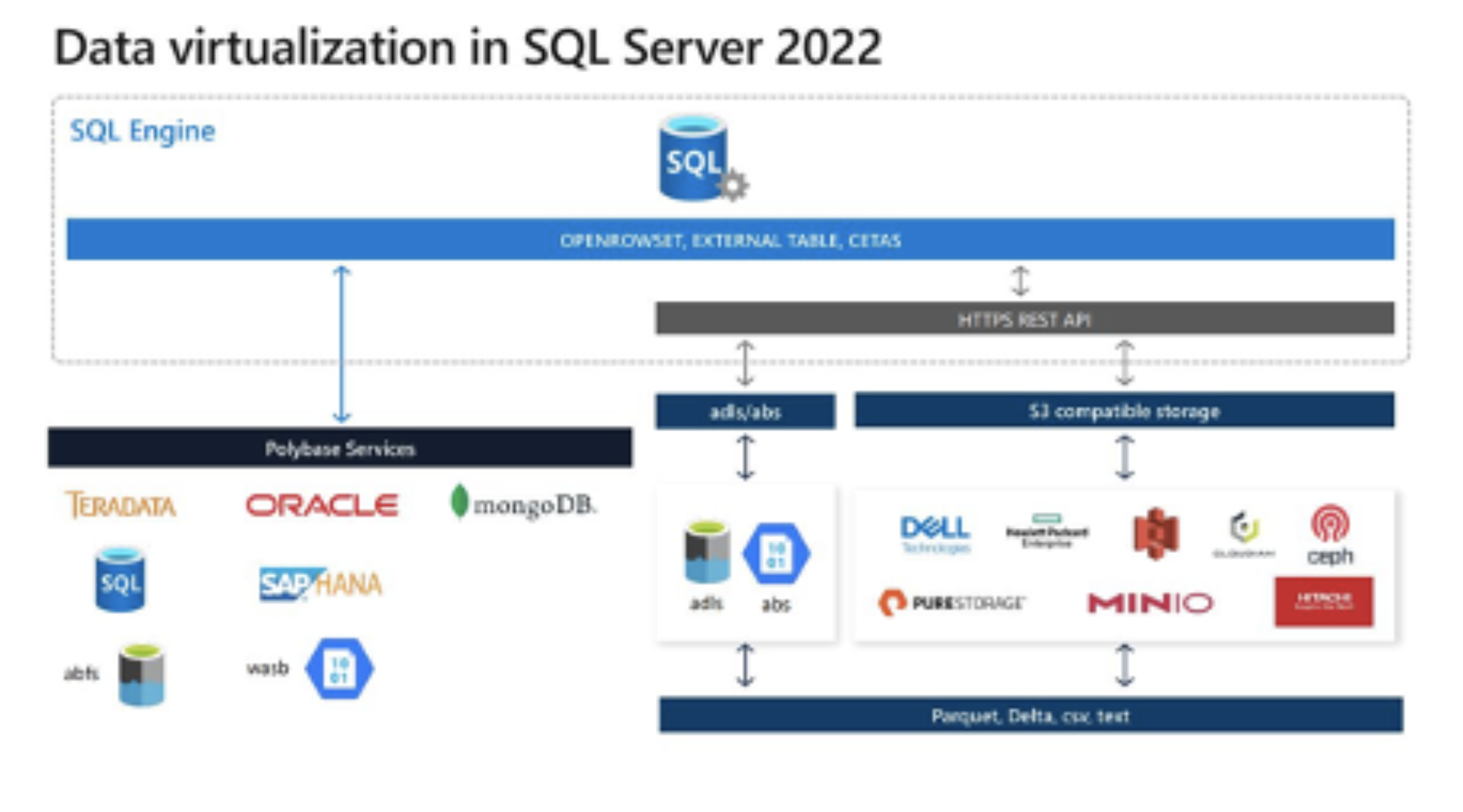If the growing amounts of data at play in today’s organizations weren’t enough to scare networking engineers, the fact that much of that data is unstructured sends even more chills down the spine. Instead of worrying about traditional storage scaling practices, however, Pure Storage’s FlashBlade, a product over 5 years in the making, offers a method to feasibly, easily scale data centers through integrating networking and storage into a single server blade. In their appearance at April’s Tech Field Day, Pure Storage details how FlashBlade facilitates scaling while improving performance in a snap.
The Problems of Scaling Storage
As companies accumulate mass amounts of data, their networking engineers are faced with the challenging task of ensuring their infrastructure is able to handle it all. This, unfortunately, is one task that is much easier said than done.

Traditionally, companies have three main ways of scaling storage. The first of these is to attach another storage cluster to their existing infrastructure. Although this does expand storage capacity while also optimizing locality, it creates snags by way of isolating data in storage from CPUs in other parts of the stack, leading to latency in operations.
Companies can also opt to federate their scale-up storage arrays, keeping their feature-rich architectures in use instead of rebuilding them. Again, this approach introduces gaps in coverage that can lead to performance hotspots, putting friction into their workloads. Legacy store-out storage systems also provide a way for scaling to large capacities. Unfortunately, this method creates complexity in the network, limiting app performance while also invoking images of dozens of writhing cables snaking between server stacks.
Rethinking Storage Scaling with Pure Storage
Instead of going through the headache of introducing new servers or building atop old ones, Pure Storage offers the industry a way to integrate storage and working into a single server building block with their hallmark product, FlashBlade. The software-driven, integrated networking blade is built on two Broadcom Trident ethernet ASICs that collapse the frontend, control, and backend networks into a single fabric. With 8 available 40 Gb QSFP connections, FlashBlade provides an all-in-one package for networking and storage.

In regards to scaling, FlashBlade’s minimum configuration leverages 7 blades in a single chassis with up to 17TB on each blade; its maximum configuration is a whopping 150 blades across 10 chassis with up to 52 TB per blade. In practice, FlashBlade involves no disks. Fans and cables are the only mechanical potential points of failure.
FlashBlade from the Perspective of One of Its Engineers
In Pure Storage’s appearance at Tech Field Day, one of FlashBlade’s founding engineers, Brian Gold, breaks down the product, both from a business and technical perspective. While presenting, Gold details just how simple it is to scale with FlashBlade.
In one customer’s experience, Gold describes how they were able to scale from an initial setup of 9 17TB blades to 45 52TB blades over the course of a few years. In this scenario, FlashBlade made it easy for this customer to reap immense benefits by increasing performance and capacity, all while scaling at their own pace.

Zach’s Reaction
As organizations face growing amounts of unstructured data, it’s assuring to know that there are options out there like FlashBlade that enable them to not only accommodate for data, but grow with it at their own speed. In many situations, one might need to invest in an entirely new stack just to make up for requisite space, so FlashBlade’s scalable option provides a simple, yet highly effective method for doing so.
To learn more about what’s going on under the hood with FlashBlade, watch the rest of Pure Storage’s Tech Field Day presentation. You can also check out their site for details and documentation.




